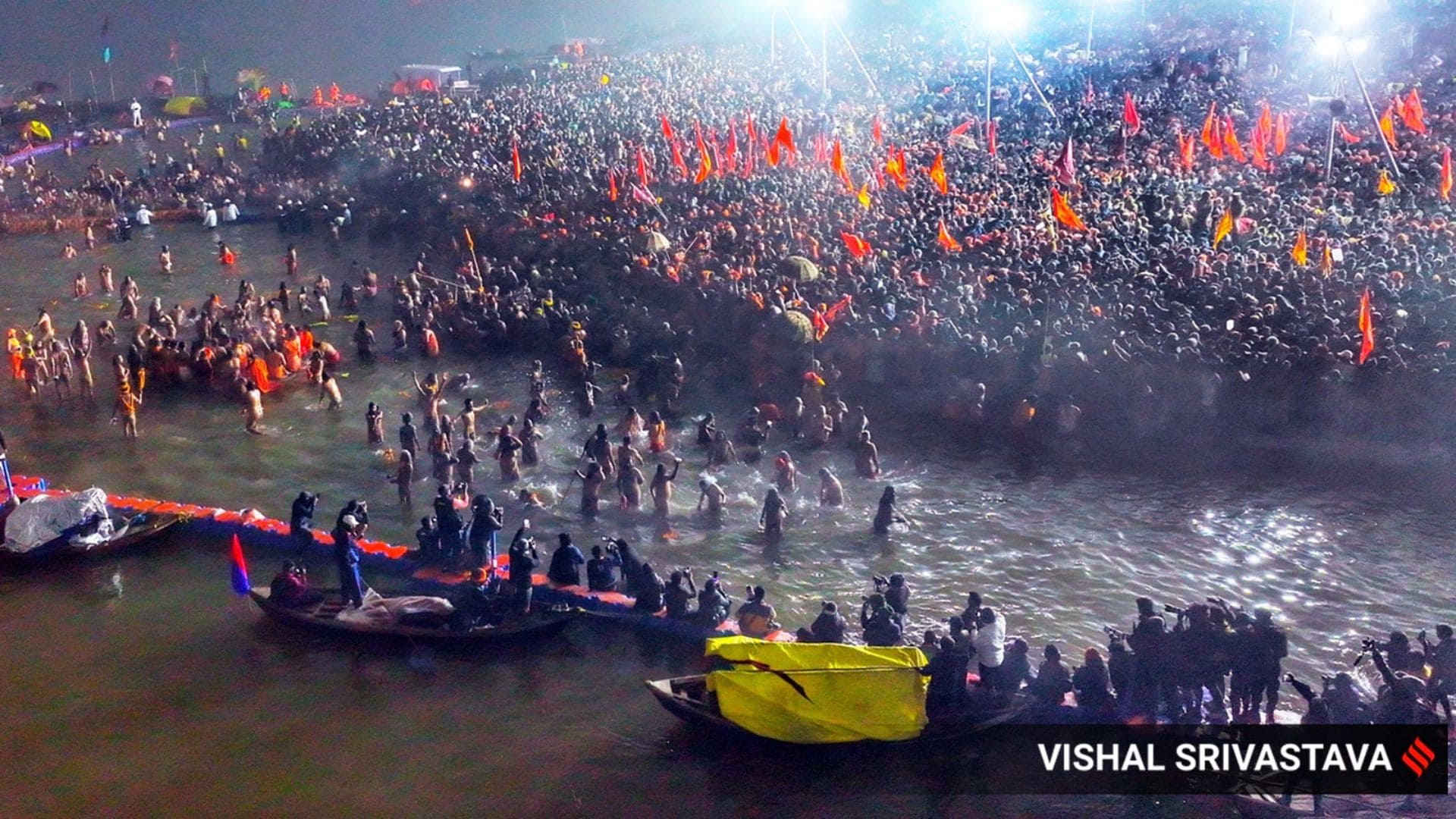
The Sacred Ritual of Shahi Snan at Maha Kumbh Mela
The central ritual of the Maha Kumbh Mela is the Shahi Snan, or royal bath, where millions of pilgrims immerse themselves in the holy rivers at auspicious times.
Advertisement
This act is believed to cleanse individuals of their sins and liberate them from the cycle of rebirth (samsara), ultimately leading to Moksha or spiritual liberation.
The confluence of the Ganga, Yamuna, and the mythical Saraswati at Prayagraj is particularly revered as a site for attaining salvation.
Similar Stories
Discover the top attractions at Kumbh Mela 2025, from the sacred Triveni Sangam and interactions with sadhus to cultural performances and historical landmarks in Prayagraj. Explore the spiritual essence of the festival, the mesmerizing evening Aarti, and visit iconic sites like the Akshaya Vat and Patalpuri Temple. Experience the rich traditions and sacred rituals that make Kumbh Mela a once-in-a-lifetime journey.
Explore the captivating origins of Kumbh Mela, rooted in the story of Samudra Manthan from Hindu mythology. Discover the spiritual significance of the four sacred pilgrimage sites — Prayagraj, Haridwar, Ujjain, and Nashik — and learn about the celestial alignments that make this festival a profound celebration of faith, unity, and spiritual cleansing.
The Maha Kumbh Mela 2025 will take place in Prayagraj, Uttar Pradesh, at the Triveni Sangam, where the Ganga, Yamuna, and Saraswati rivers converge. Starting from January 14, coinciding with Makar Sankranti, this sacred festival will draw millions of pilgrims for spiritual purification through ritual bathing. Key dates include Makar Sankranti (First Shahi Snan) on January 14, Mauni Amavasya (Second Shahi Snan) on January 29, Basant Panchami (Third Shahi Snan) on February 3, and Maha Shivratr ...
Astrology, Mantras, Events, Stories & More.
